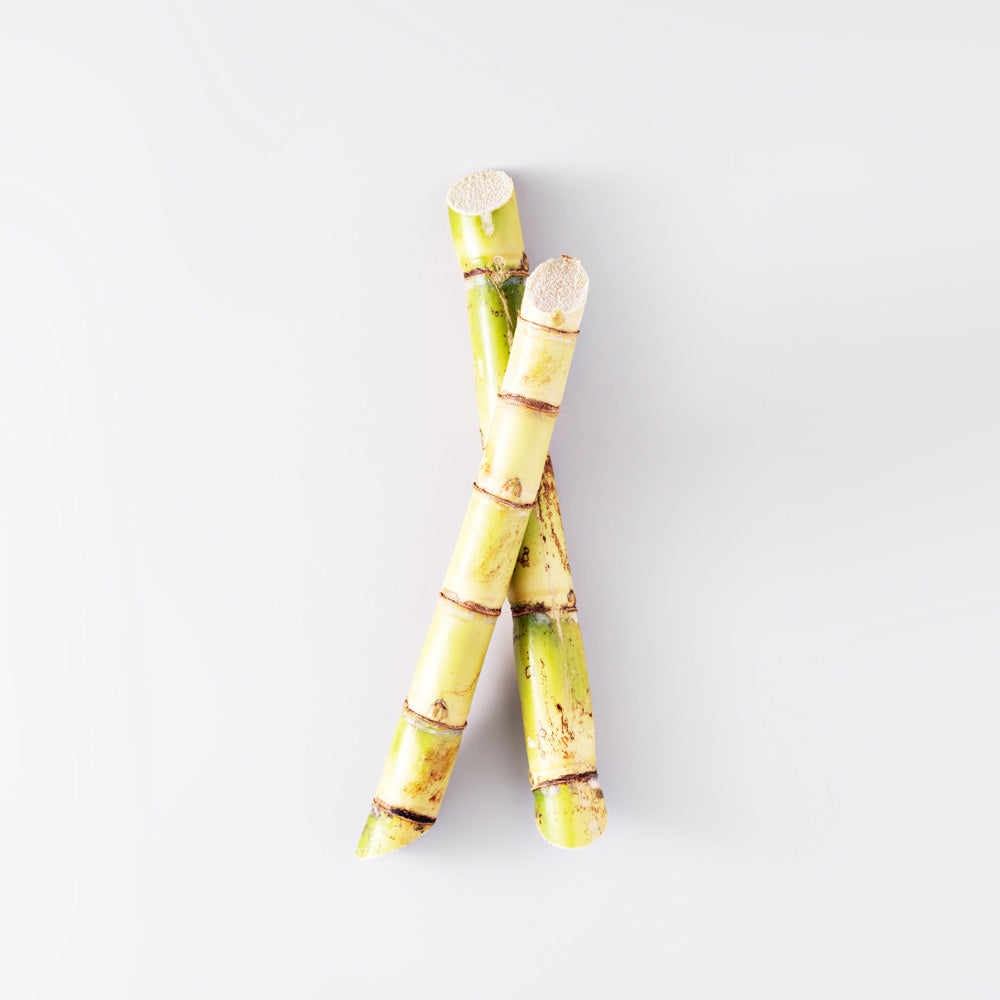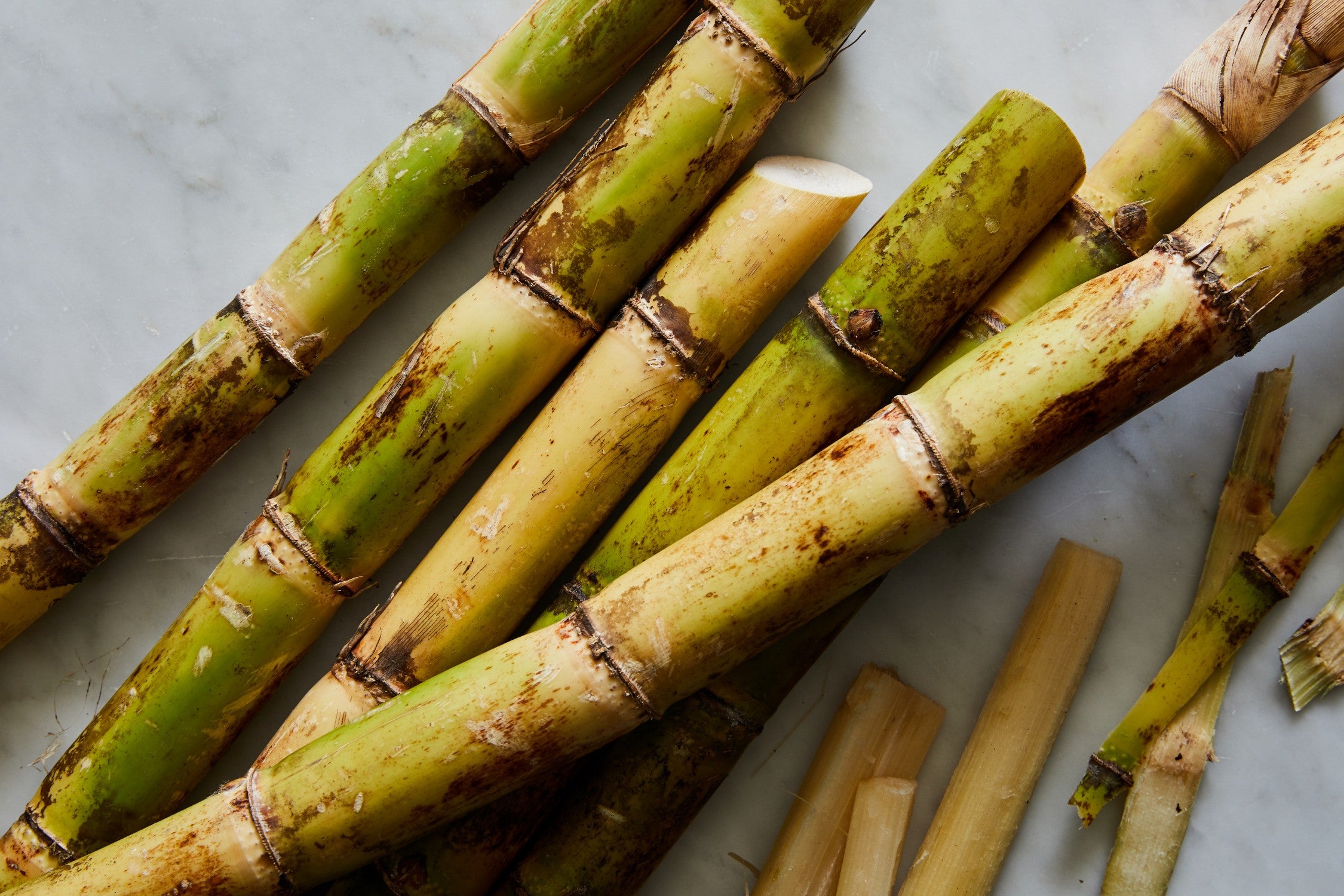Checking Out the Comprehensive Steps Associated With Walking Cane Sugar Handling From Collecting to Improvement
The procedure of walking stick sugar manufacturing incorporates a collection of complex actions, beginning with the careful harvesting of sugarcane and finishing in the refinement phases that make certain the final item fulfills sector requirements. Each stage, from the removal of juice to the filtration and formation processes, plays a vital role in figuring out the top quality and personality of the sugar. Comprehending these phases not only highlights the intricacy of sugar manufacturing yet also raises vital concerns concerning effectiveness, sustainability, and innovation in the market. What ramifications do these variables have for future techniques?
Harvesting Sugarcane
Harvesting sugarcane is a crucial action in the cane sugar handling chain, as it straight affects the top quality and return of the end product. Proper timing and methods are crucial throughout this stage to ensure optimum sugar material and decrease losses. Normally, sugarcane is gathered when it reaches maturity, normally 12 to 18 months after growing, defined by a high sucrose focus.

Post-harvest, the sugarcane needs to be refined quickly to stop sucrose destruction. Ideally, harvested cane ought to be delivered to refining facilities within 1 day to protect sugar quality. For that reason, effective logistical planning is crucial to keep the stability of the harvested plant throughout the supply chain.
Removal Refine

The crushed walking stick undergoes a collection of pressing operations to take full advantage of juice healing. Commonly, warm water is splashed onto the smashed walking cane, developing a countercurrent circulation that helps dissolve the sugar while additionally assisting in the removal process. The juice collected from this operation consists of not only sugar but likewise numerous organic substances and impurities.

To improve removal effectiveness, some centers may utilize diffusion techniques, where the sugarcane is taken in warm water, allowing the soluble sugars to diffuse right into the fluid. The resulting juice, abundant in sucrose, is after that routed to succeeding processing phases, laying the structure for filtration and refinement. The removal procedure is thus critical in identifying the top quality and return of the final sugar item.
Purification Strategies
The filtration methods employed in walking stick sugar processing are essential for transforming the raw juice right into a premium sugar product. These approaches largely aim to eliminate impurities, such as soil, plant products, and inorganic substances, which can negatively influence the end product's taste and color.
This procedure includes including lime and heat to the raw juice, which promotes the coagulation of pollutants. In addition, the usage of phosphoric acid can boost the explanation process by further binding pollutants.
An additional substantial method is carbonatation, where co2 is introduced to the made clear juice. This response produces calcium carbonate, which catches remaining contaminations and promotes their removal.
Additionally, triggered carbon treatment might be put Discover More Here on adsorb any type of view publisher site continuing to be colorants and organic impurities, ensuring a more polished item. The combination of these methods efficiently prepares the sugar juice for subsequent action in the refining process, setting the stage for the production of top quality walking stick sugar.
Condensation Techniques
After the filtration phase, the next critical step in walking stick sugar processing includes formation techniques, which play an essential role in transforming the clarified juice right into solid sugar. This procedure usually utilizes two main techniques: spontaneous condensation and regulated condensation.
In spontaneous crystallization, supersaturated sugar services are permitted to cool naturally, leading to the development of sugar crystals over time. This method allows for the uniform development of sugar crystals and greater purity.
During crystallization, the clarified juice is focused through evaporation, boosting its sugar material up until it reaches supersaturation. When this factor is accomplished, either approach can facilitate the condensation procedure. Cane Sugar Processing. The resultant sugar crystals are after that separated from the continuing to be syrup via centrifugation
Ultimately, the choice of crystallization method affects the quality, dimension, and purity of the last sugar item, making this action vital in the general walking stick sugar processing procedure.
Improvement and Product Packaging
Just how can the purity and quality of cane sugar be better enhanced after crystallization? The improvement process plays an essential duty in accomplishing premium cane sugar.
Next, the sugar is subjected to a procedure called centrifugation, where it is rotated at broadband to divide the cleansed sugar crystals from the staying liquid. After centrifugation, the sugar is often more refined via an approach called carbonization or phosphatation, which uses turned on carbon or phosphoric acid to get rid of shade and off-flavors.
As soon as fine-tuned, the sugar is dried out to achieve the wanted moisture content, making sure that it remains secure throughout storage space and transportation. The last action entails packaging the refined sugar in moisture-proof and closed containers to keep its quality and protect against contamination. Cane Sugar Processing. Proper product packaging not only expands life span however likewise helps with simple handling and distribution, making sure that customers obtain sugar that fulfills the highest standards of purity and quality
Conclusion
The thorough actions associated with walking cane sugar handling, from the thorough harvesting of sugarcane to the detailed improvement and product packaging stages, underscore the relevance of each stage in making certain top quality sugar production. Optimal harvesting techniques, efficient removal approaches, and extensive purification procedures collectively add to the go to this website end product's pureness and stability. The crystallization and subsequent packaging techniques additionally improve the integrity and life span of the sugar, highlighting the intricacy and precision fundamental in this necessary agricultural industry.
The procedure of walking stick sugar production encompasses a collection of complex steps, beginning with the mindful harvesting of sugarcane and finishing in the refinement stages that ensure the last product meets sector requirements. Ideally, collected walking cane ought to be transferred to refining centers within 24 hours to preserve sugar top quality.In spontaneous formation, supersaturated sugar services are permitted to cool down naturally, leading to the formation of sugar crystals over time - Cane Sugar Processing. The improvement process plays a vital function in attaining top notch cane sugar.The thorough steps entailed in walking cane sugar processing, from the thorough harvesting of sugarcane to the elaborate improvement and packaging phases, underscore the value of each stage in guaranteeing high-quality sugar manufacturing
Comments on “Cane Sugar Processing: From Field to Table-- A Step-by-Step Guide”